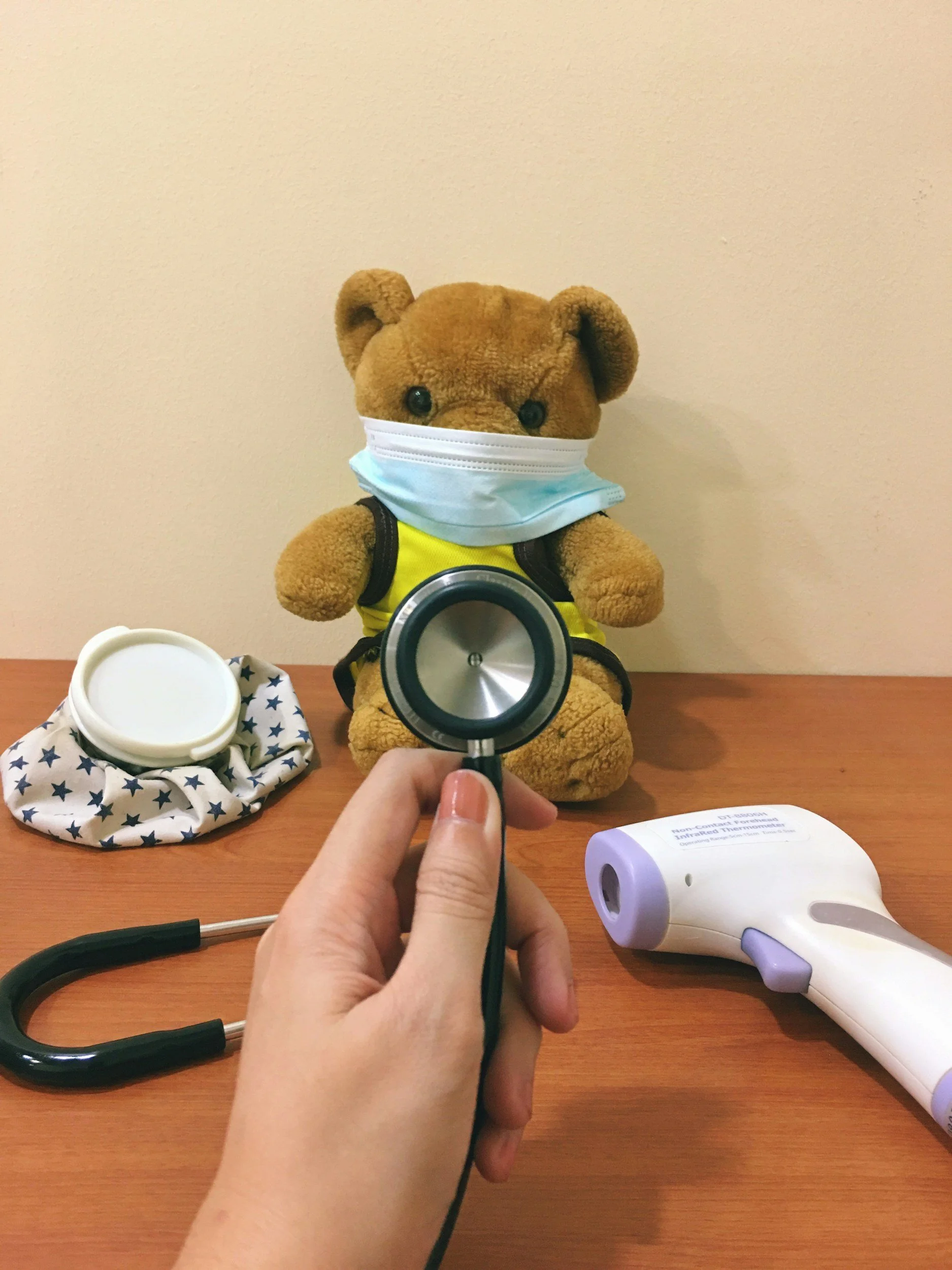The Journey of Pediatric Surgery
Pediatric surgery has evolved from ancient, high-risk procedures to one of the most advanced and compassionate specialties in modern medicine.
Once limited by the absence of anesthesia and antiseptics, it truly transformed in the 20th century when surgeons recognized that children needed a distinct surgical approach. Today, with advanced technology, minimally invasive techniques, and child-focused care, survival rates and outcomes have reached unprecedented levels.
At Shreenika Speciality Clinic, we proudly continue this legacy — combining expert precision with the empathy and reassurance every child deserves.
What Is Pediatric Surgery and When Does a Child Need It?
Pediatric surgery is a specialized field focused on surgical care for infants, children, and teenagers. A child may need it for conditions like birth defects, appendicitis, hernias, injuries, or when other treatments don’t work. With modern techniques, many surgeries are minimally invasive, helping children recover faster and return to normal activitie
Common Pediatric Surgical Conditions in India: What Parents Should Know
Children may need surgery for issues like hernias, appendicitis, birth defects, or injuries. Early care ensures better recovery and healthy growth.
Preparing Your Child for Surgery: A Parent’s Guide
Surgery can feel overwhelming for both parents and children. With the right preparation and guidance, the process becomes smoother and less stressful.




